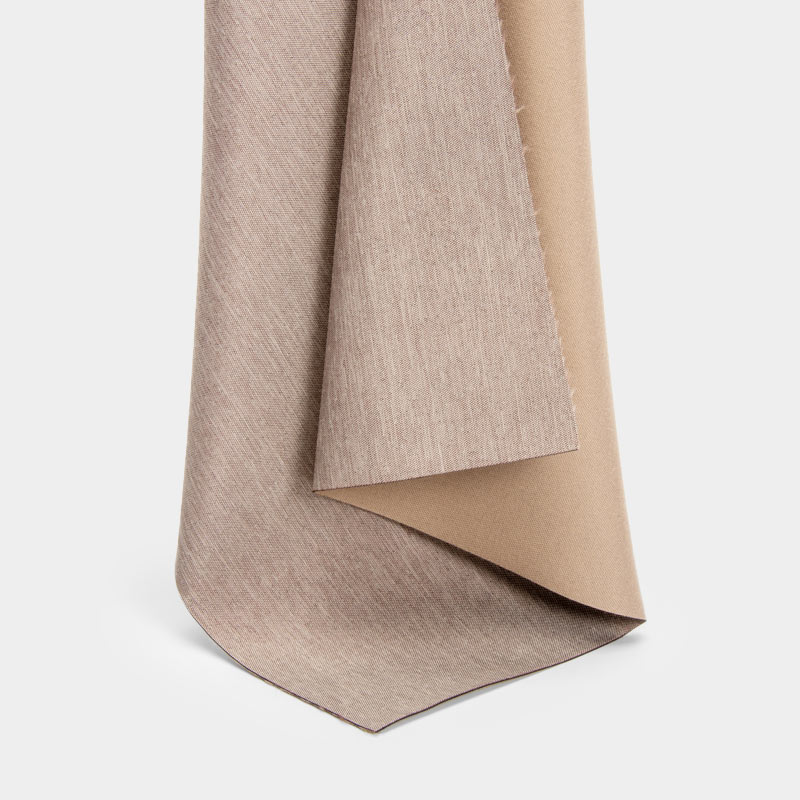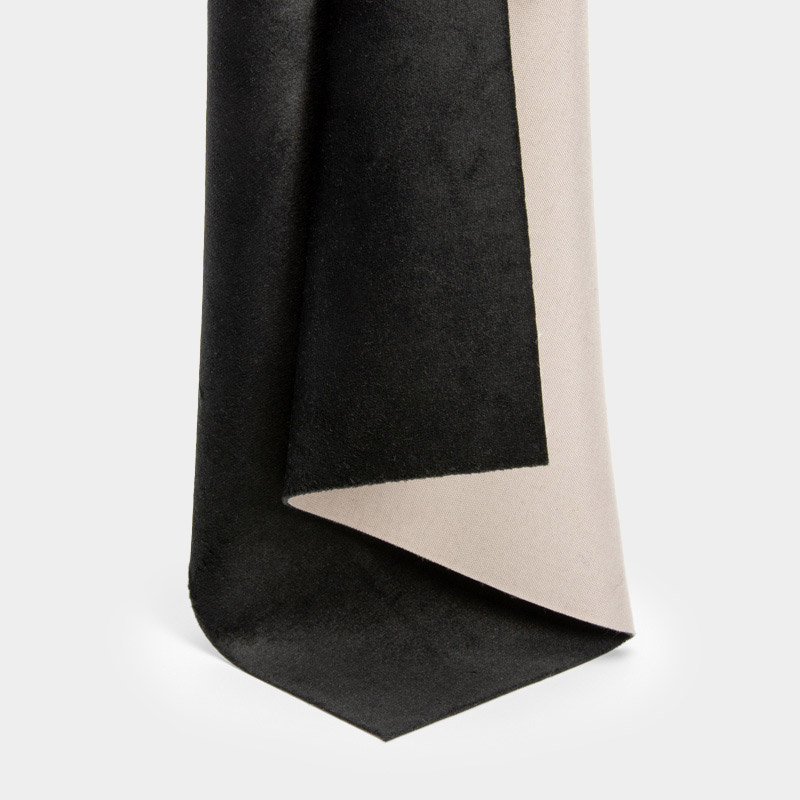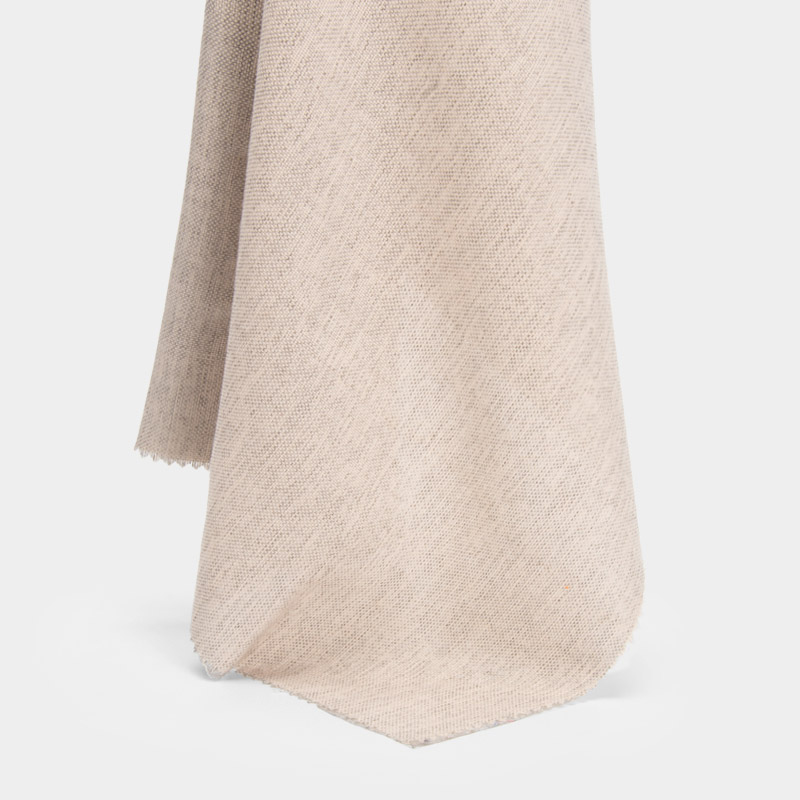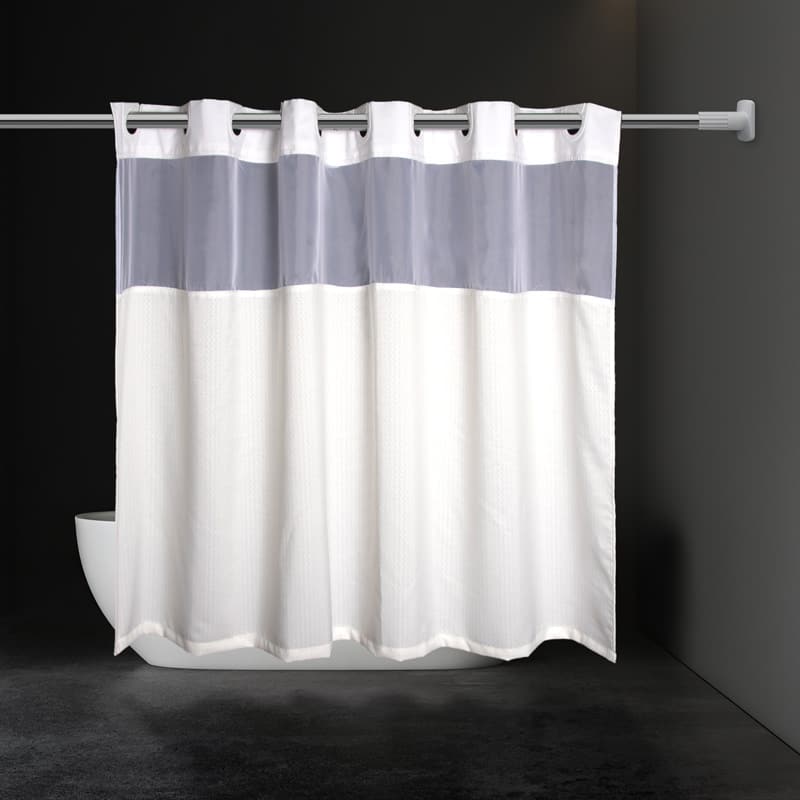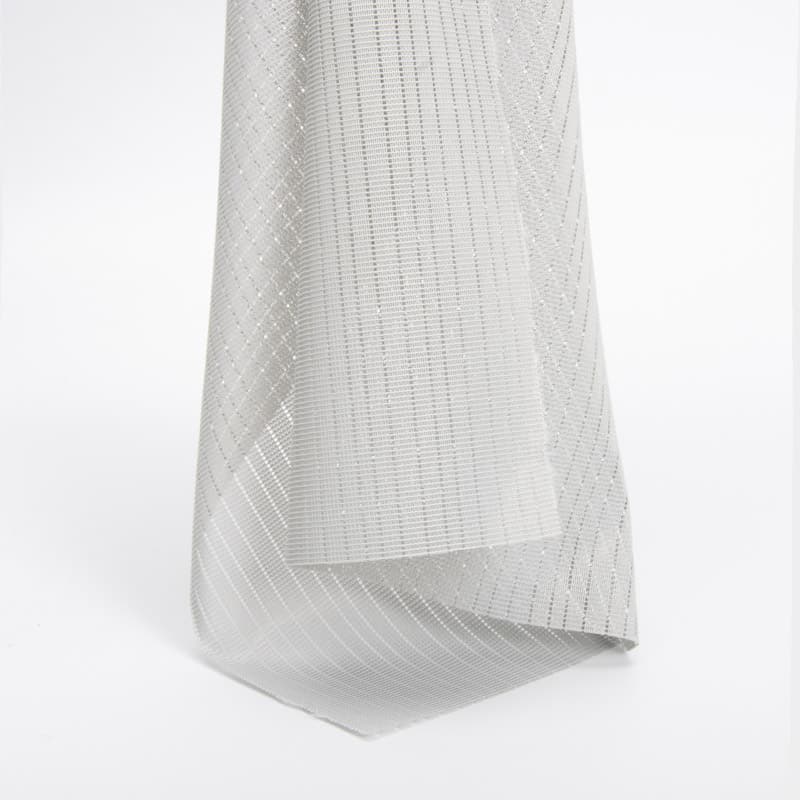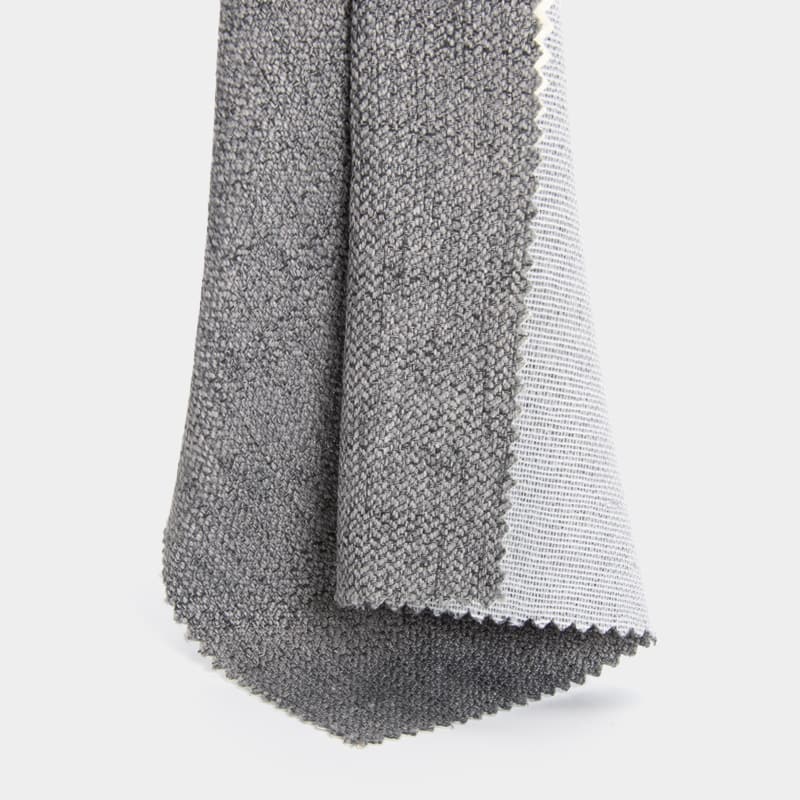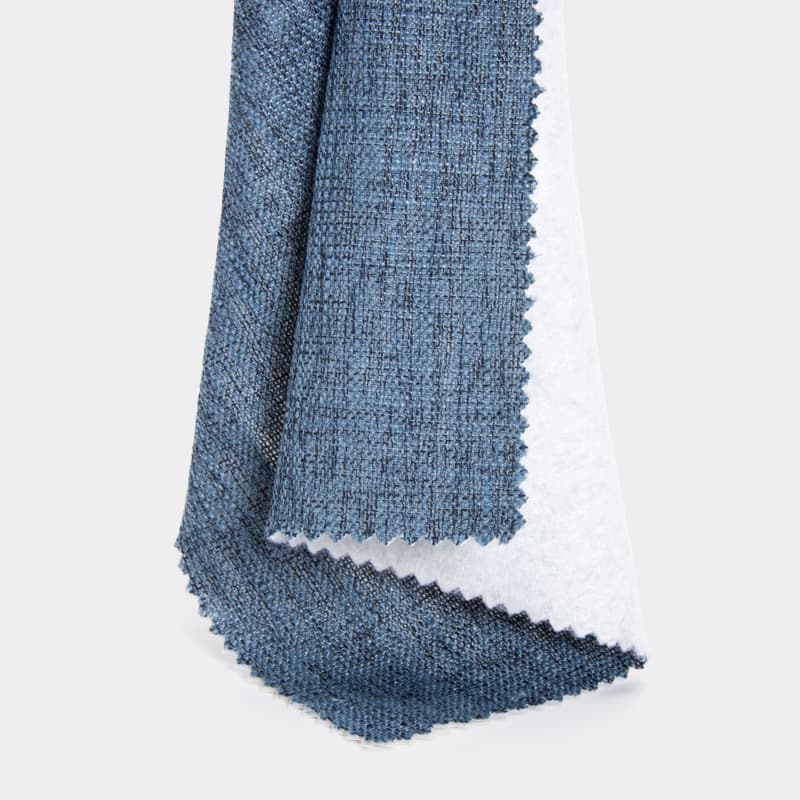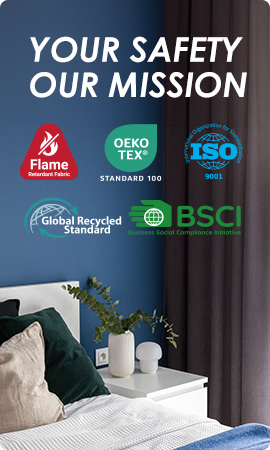The Synergy of Flame Retardant and Soundproof Fabrics in Modern Buildings
Safety and Comfort in One Fabric
In modern construction, materials are expected to deliver more than one function. Today’s top priorities—fire safety, acoustic comfort, and sustainability—are often combined in a single solution. Flame retardant soundproof fabrics meet this demand by enhancing both safety and comfort in buildings.
From offices to hotels and residential towers, these multifunctional textiles help meet stricter regulations while improving interior environments. This guide covers how they work, where they’re used, and how to choose the right fabric for your needs.
Fire Resistance in Fabrics: A Crucial Safety Layer
The Threat of Fire and Real-World Consequences
Fire-related accidents remain a top concern in urban environments. Events like the 2017 Grenfell Tower fire in London and numerous hotel and hospital incidents across the globe underscore the urgency of using flame-retardant interior elements. Curtains, upholstery, and wall coverings, if flammable, can fuel rapid fire spread—threatening lives and property within seconds.
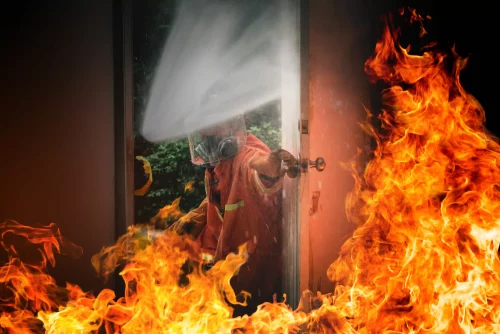
Understanding Flame Retardant Mechanisms
Flame retardant fabrics are not necessarily “non-flammable.” Instead, they are engineered to slow down or inhibit combustion through various mechanisms.
These fabrics can form carbonization layers that act as protective shields, release inert gases to dilute oxygen and suppress flames, or utilize inherently non-combustible fibers such as aramid, PBI, or treated polyester. Additionally, cotton or blend fabrics can undergo post-finishing treatments that enable them to char and self-extinguish upon flame exposure, enhancing their flame retardant properties while maintaining comfort and flexibility in design.
Common Use Cases for Flame Retardant Fabrics
These textiles are indispensable in areas with strict fire safety requirements, such as hotels and resorts, hospitals and clinics, airports, cinemas, high-rise buildings, schools, theaters, and auditoriums. In these settings, curtains, wall panels, and upholstery must meet fire codes while contributing to the aesthetic and acoustic quality of the space.
Key Fire Standards to Consider
Global compliance is vital in large-scale projects. Fabrics should be certified to recognized standards such as NFPA 701 in the United States for curtains and decorative materials, EN 13501-1 and EN 13773 in the European Union for flammability classification, and DIN 4102-B1 in Germany. Additional certifications like BS5867 TYPE C in the United Kingdom and ISO 11612 for international applications are also important for ensuring suitability in building materials and protective settings.
Tackling Noise Pollution with Soundproof Textiles
The Urban Noise Challenge
As cities grow denser and infrastructure more complex, noise from traffic, HVAC systems, and human activity becomes an everyday disturbance. Excessive noise impacts sleep, productivity, and even cardiovascular health. Whether it’s the chatter from a hallway or the hum of a nearby highway, unwanted sound undermines comfort and concentration.

Traditional Soundproofing Methods and Their Limits
There are several soundproofing methods commonly used today:
Method 1: Acoustic foam panels – Good at absorbing sound, but not visually appealing.
Method 2: Heavy gypsum walls – Effective for sound blocking, but expensive and bulky.
Method 3: Double-glazed windows – Reduce outside noise, but don’t help much with indoor sound.
These traditional methods often take up space, cost more, and limit design options. Flame retardant soundproof fabrics solve these problems by offering safety, noise control, and good looks in one simple solution.
How Soundproof Fabrics Work
Soundproof fabrics reduce noise through three main mechanisms:
- Absorbing sound waves:Many soundproof fabrics have porous structures made of foam or fiber materials. When sound waves enter these pores, they generate friction and collisions within the material, converting acoustic energy into heat and reducing reflected and transmitted sound. Materials like polyester fiber also possess natural sound-absorbing properties, helping to lower echo and overall sound intensity.
- Blocking sound waves:These fabrics often use high-density or heavy materials such as thick cloth, rubber layers, or metal foils to physically obstruct sound transmission. Multi-layer construction enhances the effect, with decorative outer layers paired with inner acoustic layers to block a broad range of sound frequencies.
- Scattering sound waves:Some soundproof fabrics are designed with irregular textures or surfaces. These break up sound waves and scatter them in different directions, which helps reduce sound concentration and lowers perceived noise levels.
Best-Suited Environments
Flame-retardant acoustic fabrics are well-suited for:
- Offices and open-plan workplaces
- Conference halls and boardrooms
- Hospitals and sleep clinics
- Residential bedrooms and baby nurseries
- Recording studios and theaters
The Synergy: Flame Retardant + Soundproof in One
Combining flame retardancy and acoustic control in one fabric delivers significant dual benefits. These materials not only slow the spread of fire and provide more time for safe evacuation, but also reduce reverberation and block external noise, enhancing comfort and functionality in interior spaces. Instead of installing separate fire curtains and acoustic panels, using these integrated fabrics simplifies installation and long-term maintenance.
Beyond fire and sound control, many of these fabrics come with added features. They may provide blackout and UV protection for light-sensitive environments, antibacterial and mold-resistant finishes for healthcare or humid areas, and anti-static, oil-repellent, or waterproof coatings for industrial use—greatly extending their application range.
For optimal results, proper installation is essential. Full surface coverage with pleated or layered hanging improves performance. Avoid stretching or compressing the fabric, and install from ceiling to floor to eliminate gaps where sound can leak. Appropriate hardware and mounting systems are also critical to maintain both acoustic integrity and flame resistance.
While the upfront cost of dual-function fabrics may be higher than conventional materials, they offer long-term savings. Users benefit from fewer components, easier compliance with safety standards, and reduced labor costs. Thanks to their durable construction, these fabrics also require less maintenance and are more resistant to wear and washing, delivering excellent value over time.
Real-World Case Studies
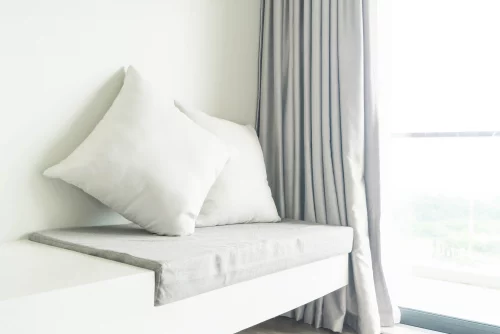
Commercial Complexes
A shopping mall in Singapore recently installed blackout flame retardant acoustic drapes in its cinema and food court. These not only passed flame ratings but also reduced noise complaints by 35%, according to post-installation tenant surveys.
Hospitality Sector
Luxury hotels in Europe are adopting flame-retardant soundproof curtains to comply with local regulations while creating a peaceful environment for guests near airports and city centers.
Educational and Medical Facilities
Several hospitals in Japan and school dormitories across the EU now use blackout curtains to combine fire resistance, sound dampening, and antibacterial benefits in one cost-efficient solution.
How to Choose the Right Flame Retardant Soundproof Fabric
Choosing the right flame retardant soundproof fabric begins with understanding your project needs. First, assess the building’s function and goals. For example, hospitals and schools may prioritize safety above all else, while offices and hotels may focus more on comfort and a quiet atmosphere.
Next, select fabrics that meet appropriate standards. Depending on your project, ensure the materials comply with flame protection standards like NFPA 701 or ISO 11612, and acoustic standards such as ISO 717-1 or ASTM E90.
It’s also important to consider multifunctionality. Look for fabrics that offer more than just flame and sound protection—such as blackout performance, antibacterial properties, UV resistance, waterproofing, and anti-static coatings. BEGOODTEX, for instance, offers multilayer structural fabrics that deliver fire safety and effective acoustic control while meeting other environmental and performance needs.
Finally, consult with professionals. Working with the technical team at BEGOODTEX can help you obtain tailored solutions to ensure your chosen fabric delivers the best balance of safety, performance, and cost-efficiency.
Innovations on the Horizon
Next-generation functional textiles are advancing with smart capabilities. Some fabrics now integrate shape-memory polymers to adapt their structure and improve noise cancellation in real time. Others use thermal-regulating fibers that respond to ambient temperature changes, helping maintain indoor comfort. There are also textiles embedded with sensors that monitor heat, humidity, or potential fire hazards—offering early warnings for safer building environments. These innovations mark a shift toward intelligent, responsive fabric solutions for modern architecture.
Building the Future with Confidence
As building codes tighten and occupant expectations rise, the role of multi-functional textiles like flame retardant soundproof fabric becomes vital. They combine safety and comfort without compromise—serving not just as decorative elements, but as foundational components of sustainable, resilient architecture.
From theaters to ICUs, and from office towers to home studios, these fabrics deliver peace of mind through proven performance. Explore flame retardant product catalogs or consult specialists to find the ideal solution for your next project.
FAQs
Q: What certifications should I look for when sourcing flame retardant soundproof fabrics?
A: Look for NFPA 701, EN13773 Class 1, ISO 11612 for flame resistance, and ASTM E90 or ISO 717 for sound insulation performance.
Q: Are these fabrics washable without losing performance?
A: Yes. Quality flame retardant blackout fabrics retain flame resistance and acoustic integrity even after 50+ washes.
Q: Can I request custom designs or colors?
A: Absolutely. Many fabric suppliers support custom colorways, patterns, and specifications tailored to your project’s design and compliance needs.

